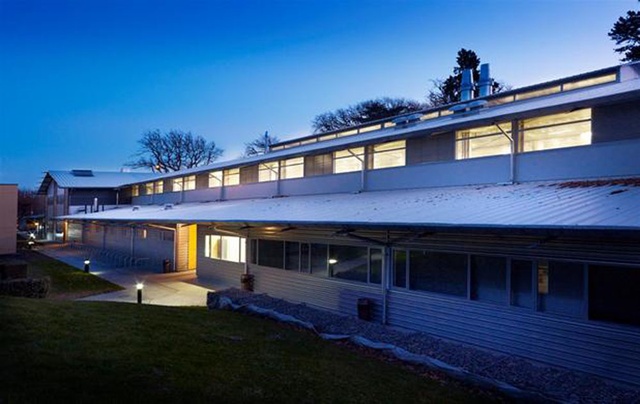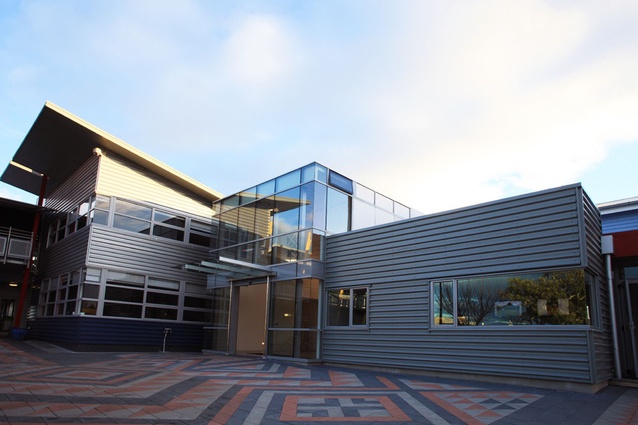2011 Gisborne Hawke’s Bay Architecture Awards
The seven big winners of the 2011 Gisborne Hawke’s Bay Architecture Awards were revealed at an event at Hawke’s Bay Opera House on Friday evening.
Paris Magdalinos Architects featured three times in this year’s award-winning lineup. The Napier-based practice won two awards for the EIT Trades and Technology Training Centre in Taradale in the Public Architecture and Sustainable Architecture categories and one in the Public Architecture category for the design of a new hall entrance at Napier Girls High School.
Anglican Diocese of Waipu: Van Arts & Co Tenancy, a heritage building on Hastings Street, designed by Opus Architecture was an award winner in the Commercial Architecture category. Judges said the new work, with its contemporary staircase of glass, steel and terracotta block, is “a foil to the mass of the adjacent cathedral” and “a positive addition to the urban fabric of Napier”.
Winner of the Small Project Architecture category was an artist’s studio on Napier’s Bluff hill, designed by Ashley Cox Architect.
In the Residential Architecture category, the winning projects were Bates House, Taradale by Clapcott Consultancy and on the coast north of Napier, a Waipatiki beach house by Assembly Architects. Also a winner in the residential category was the Taylor-Ingram House in Havelock North by Clarkson Architects.
The Local Architecture Awards are run by the New Zealand Institute of Architects. Award winners from the local awards programmes are eligible for the New Zealand Architecture Awards, to be announced on 25 May, 2012.
See below for a full wrap of all the winners with judges citations.
Small Project Architecture
workPOP: Studio for an artist
Ashley Cox Architect
This artist studio works well on all levels: as a sculptural form; as a flexible and functional space for the preparation of works of art; through its relationship to site; and as an uplifting internal space. Structure, materials, space, and form are beautifully integrated to realise the idea of the studio as a series of extruded picture frames. The provision and control of natural light is one of the design generators and the building is very successful in this respect.
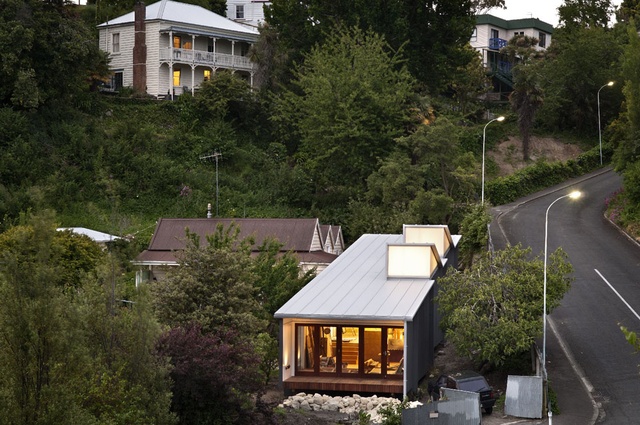
Public Architecture
EIT Trades and Technology Training Centre
Paris Magdalinos Architects Ltd
This large training centre meets its design and functional objectives in interesting, creative and sometimes dramatic ways. In planning, it provides dedicated spaces for specific activities, with flexible spaces, which encourage cross-discipline learning, in between. The exposure of the services and tectonics of the structure appeals in a building that houses students in the building and engineering trades. The external aesthetic relates well to existing buildings on the campus.
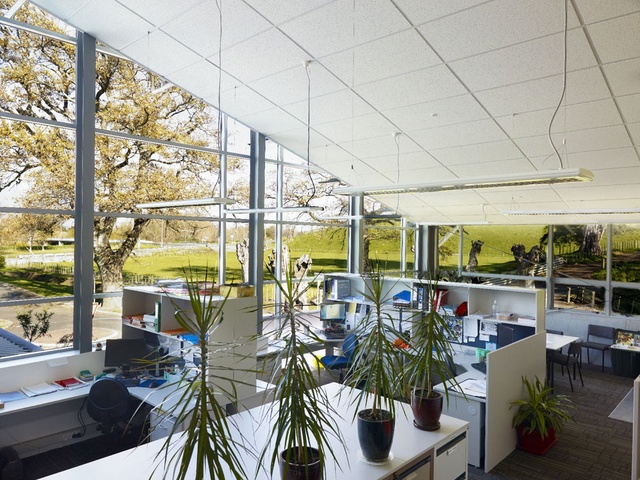
Napier Girls High School – New Hall Entrance
Paris Magdalinos Architects Ltd
This simple glass box provides a light and airy ceremonial entrance and gathering space for the school. It sits comfortably beside the adjacent classroom block and is a good space from which to view the spectacular Rita Angus mural mounted on the back wall. The roller blind which incorporates the school crest assists nicely in providing shade to the artwork.

Commercial Architecture
Anglican Diocese of Waipu: Van Arts & Co Tenancy
Opus Architecture
This contemporary staircase is a cleanly articulated structure with crisply detailed glass, steel and terracotta block. A foil to the mass of the adjacent cathedral, it also picks up on some of that building’s proportions while connecting the fountain green in front of the cathedral and the courtyard trees to the solid interior of the tenancy above. The tenancy itself has a simple aesthetic which complements the rhythm of the existing windows on the cathedral green side.
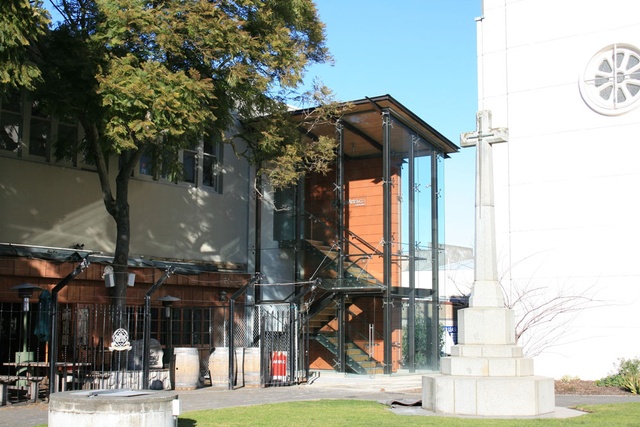
Residential Architecture
Taylor/Ingram House
Clarkson Architects
This pavilion house sits comfortably on the hillside, presenting a special but not too dominant horizontal form when viewed from below. The planning consists of a series of linked pavilions orientated towards the spectacular views. Each pavilion opens to outdoor spaces, one of which incorporates solar control through use of electronic louvres. The exterior colour and material choices are sympathetic to the environment and the house seamlessly blends design and functionality.
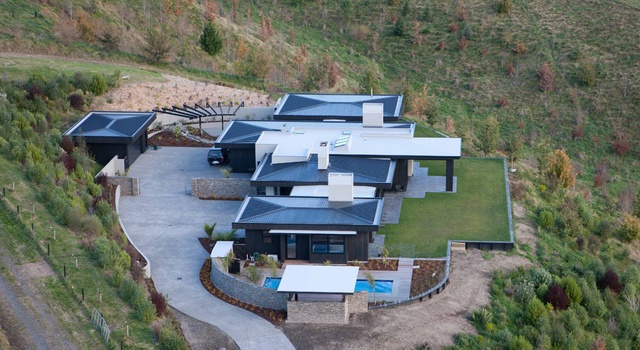
Bates House
Clapcott Consultancy Limited
This project successfully fits a suitably scaled house on to a very tight section. The well designed central courtyard sits perfectly in relation to the living spaces that surround it on all but the northern sunny side. The materials used are appropriate to a building of this scale, selected vistas from the interior spaces into the landscaped areas are cleverly provided, and good colour choices have been made.

Waipatiki Beach House
Assembly Architects Ltd
This house stands out on arrival at Waipatiki beach as the most interesting built form in the vicinity. The crisp twin boxes are carefully placed on the site and maximise the views while taking the elements into account. The living spaces open up fully to a large expanse of decking which relates to the views but at the same time provides some privacy from the neighbouring section. Together, the materials chosen are an excellent selection for the location, and ease of construction was achieved through the Architect’s very comprehensive set of three-dimensional drawings.

Sustainable Architecture
EIT Trades and Technology Training Centre
Paris Magdalinos Architects Ltd
Appropriately, given its educational purpose, this building has been designed to high standards of sustainability. Suitable material choices, the inclusion of a variable refrigerant system for the air conditioned office spaces, and the diversion of waste building materials from a landfill all contributed to the sustainability success of this development.
